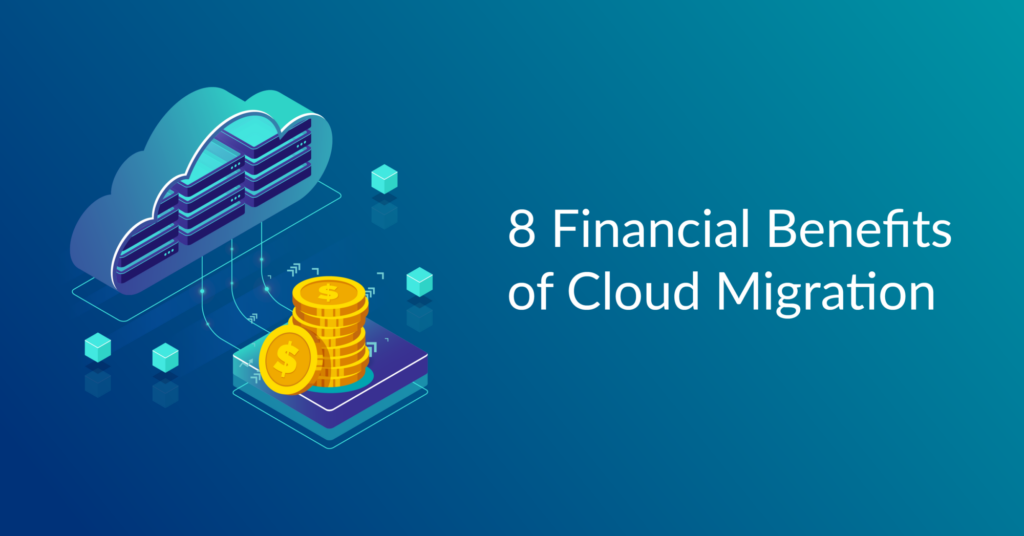In an era where every company is looking to digitally transform its operations and customer experiences, understanding cloud migration becomes quintessential. But what is cloud migration? For some, it’s an intimidating phrase synonymous with technical complexities. For others, it’s an opportunity to leapfrog into the digital future.
Regardless of where you stand, this guide aims to demystify the process and provide beginners with a comprehensive overview of cloud migration.
1. Understanding What Cloud Migration Really Means

Source: rinf.tech
At its core, cloud migration refers to the process of transferring digital business operations from legacy infrastructures (or even from one cloud environment to another) to a cloud-based environment. The advantages of such a move can range from cost-saving, scalability, improved performance, to enhanced flexibility.
Here’s where the expertise of migration consulting plays a crucial role. These professionals bridge the gap between your current state and your desired cloud state, ensuring a smoother transition while mitigating risks.
2. Types Of Cloud Migrations
There isn’t a one-size-fits-all approach when it comes to migrating to the cloud. Broadly, there are three types of migrations:
- Lift and Shift: This is essentially moving your applications and data as-is from your current environment to the cloud, without any major modifications.
- Application Refactoring: Often called re-platforming, this approach involves some level of modification to the application to take advantage of cloud-native features.
- Re-architecting: This means you’re redesigning the application to be cloud-native, which is a more extensive, yet potentially more rewarding method in terms of scalability and performance.
3. Benefits Of Cloud Migration

Source: cloudacademy.com
If you’re still wondering why businesses are clamoring to make the shift, here are some compelling reasons:
- Cost Efficiency: No more costs associated with maintaining physical servers. With the pay-as-you-go model, you only pay for what you use.
- Scalability: Easily scale up or down based on demand without significant upfront investments.
- Enhanced Performance: Most cloud service providers offer a global network of data centers ensuring lower latency and faster operational speeds.
- Security: Cloud providers invest heavily in security protocols and regularly update their infrastructure to protect against threats.
4. Key Steps In The Migration Process
While the migration journey is unique to each organization, there are some common steps:
- Assessment: Understand the current environment, applications, and data. Decide which applications will move to the cloud and in what order.
- Planning: Develop a robust migration strategy. Decide on the type of migration and the cloud service provider.
- Migration Execution: This is where the actual shift happens. With the help of migration tools or services, move your applications and data to the cloud.
- Optimization: Once the migration is complete, continuously monitor and optimize for performance, cost, and security.
5. Challenges To Anticipate

Source: cloudacademy.com
Like all transformative processes, cloud migration isn’t without its challenges:
- Downtime: Some level of downtime, though minimal in well-planned migrations, is inevitable.
- Compatibility Issues: Legacy applications might not be immediately compatible with the cloud environment and might need adjustments.
- Cost Overruns: If not well-managed, migrations can result in unexpected costs, emphasizing the need for detailed planning.
- Security Concerns: As data is moved, ensuring its safety is paramount.
6. Importance Of Post-Migration Evaluation
After the migration, the journey isn’t over. Continuous assessment is key. Monitor the performance of your applications in the cloud environment. Check for any security issues that might arise and ensure that you’re getting the expected ROI from the move.
7. Continuous Learning And Upgradation

Source: hexaware.com
The cloud ecosystem is continuously evolving. Post migration, businesses should invest in training their teams to understand and leverage the latest cloud features. This ensures that they remain competitive and are able to maximize the benefits of their cloud environment.
Conclusion
Cloud migration, while intricate, is an inevitable and necessary journey for businesses looking to harness the full power of digital transformation. It offers numerous advantages from cost savings to unparalleled scalability.
However, it’s essential to approach it with a comprehensive understanding, meticulous planning, and an openness to continuous learning. Whether you’re a small startup or a multinational corporation, with the right strategies in place, the cloud can be the wind beneath your wings.



